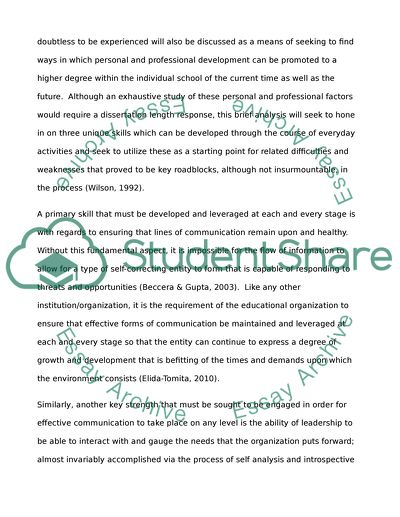Cite this document
(“Practical Guide to Effective Leadership for School Managers Essay”, n.d.)
Practical Guide to Effective Leadership for School Managers Essay. Retrieved from https://studentshare.org/education/1479319-produce-a-practical-guide-to-effective-leadership
Practical Guide to Effective Leadership for School Managers Essay. Retrieved from https://studentshare.org/education/1479319-produce-a-practical-guide-to-effective-leadership
(Practical Guide to Effective Leadership for School Managers Essay)
Practical Guide to Effective Leadership for School Managers Essay. https://studentshare.org/education/1479319-produce-a-practical-guide-to-effective-leadership.
Practical Guide to Effective Leadership for School Managers Essay. https://studentshare.org/education/1479319-produce-a-practical-guide-to-effective-leadership.
“Practical Guide to Effective Leadership for School Managers Essay”, n.d. https://studentshare.org/education/1479319-produce-a-practical-guide-to-effective-leadership.


